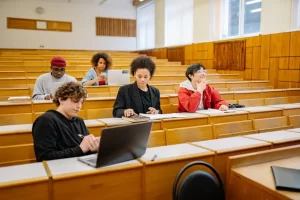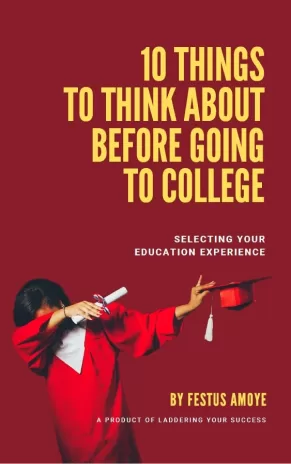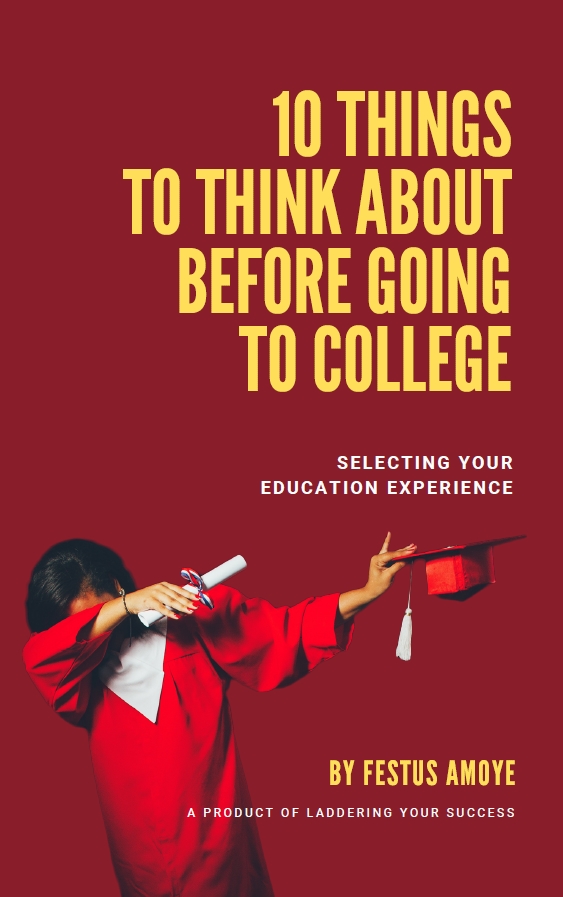Keeping middle school students interested can be a challenging but worthwhile endeavor. Students at this age are naturally curious but strongly desire engaging, dynamic, and interactive learning opportunities. The following five pointers will assist educators in developing captivating and thrilling lesson plans for middle school students:
-
Incorporate Hands-On Activities
Middle school students frequently react favorably to tactile learning opportunities. Interactive exercises, such as science experiments, historical reenactments, or group art projects, enable students to apply concepts in the present, improving their retention and enjoyment of the material.
Consider converting a lesson into a brief lab exercise or a group project where students must produce a product based on their knowledge. For instance, assign students to construct STEM model creations or historical timelines.
-
Use Technology Creatively
Being digital natives, middle school students frequently participate more fully in class when technology is used. Technology can differentiate instruction and accommodate various learning styles through interactive tests, educational games, and even the creation of original digital content.
Tools such as Kahoot! or educational YouTube videos can make lessons more dynamic. Consider letting students make their films or presentations to help them grasp the subject matter more thoroughly.
-
Relate Lessons to Real-Life Situations
Connecting the subject matter, current affairs, or real-world scenarios can help students find the lessons more engaging and relevant. This aids students in appreciating the worth of their education and comprehending how it applies outside of the classroom.
When teaching math, use practical examples, such as shopping or budgeting. Also, talk about current scientific events, like space missions or environmental problems. Learning becomes more meaningful when it is connected to students’ everyday lives. Try using the LYS app. We have various strategies to make lessons relatable!
-
Encourage Collaboration and Group Work
Due to their innate social skills, middle school students frequently enjoy working with their peers. Fostering collaboration and critical thinking through group work can make lessons more interactive and less teacher-centered.
Include group projects or think-pair-share exercises so that students can collaborate to solve problems. For example, in language arts, assign them to analyze stories in groups or organize a class debate on a pertinent subject.
-
Gamify Learning
Gamification can make learning enjoyable and motivating by making it into a game. It reinforces the lessons taught while appealing to students’ competitive nature. It’s an excellent method for introducing new information or reviewing old ideas.
Establish a point-based system so students can receive incentives for correctly answering questions and finishing assignments. Educational games or role-playing exercises can help students engage in immersive and enjoyable learning experiences.
Teachers can help middle school students learn more effectively by implementing these strategies into their lesson plans. The intention is to pique their curiosity, hold their attention, and cultivate an enduring love of learning outside the classroom. Teachers may establish a learning environment where students are enthusiastic and driven to participate daily by utilizing gamification, creative technology use, real-world connections, cooperative learning, and hands-on activities.









